You have to remember, when it comes to the standard 35mm film almost everyone shoots or has shot once in their life didn’t start its life as a stock for still photography. It was originally designed for motion picture production by splitting 70mm film in half. While there has been a divergence between still image film and motion picture film, shooting cine film in still cameras has become a popular option for photographers. So in today’s episode, we’re going to be talking about the films that we at CCR love to shoot from the normal to the weird.
FilmFerrania P30
Born out of a classic motion picture stock of Italian Cinema, P30 is the first film out of the reborn Ferrania company. Originally designed as a stepping stone toward the goal of producing a slide film, P30 has become the darling of many photographers. Producing rich contrast and looks good behind a red filter, P30 has gone from an Alpha to a proper production film. Looks good in D-76, D-96, Rodinal, and Xtol.
Type: B&W Panchromatic
Film Base: Polyester
Film Speed: ASA-80, Latitude: N/R
Formats Available: 135 (35mm)
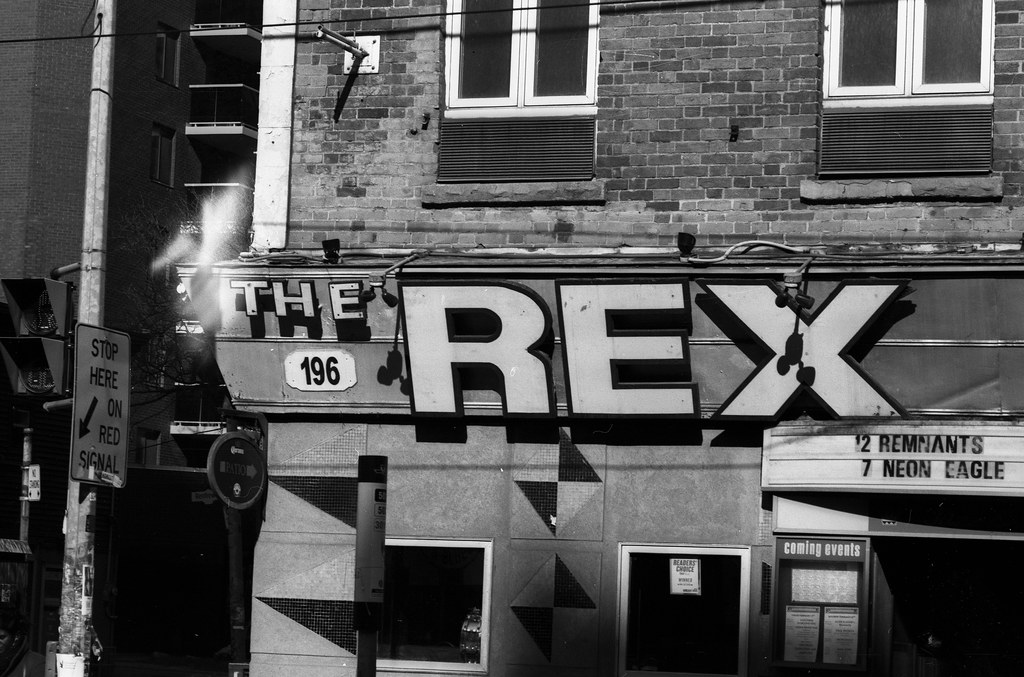
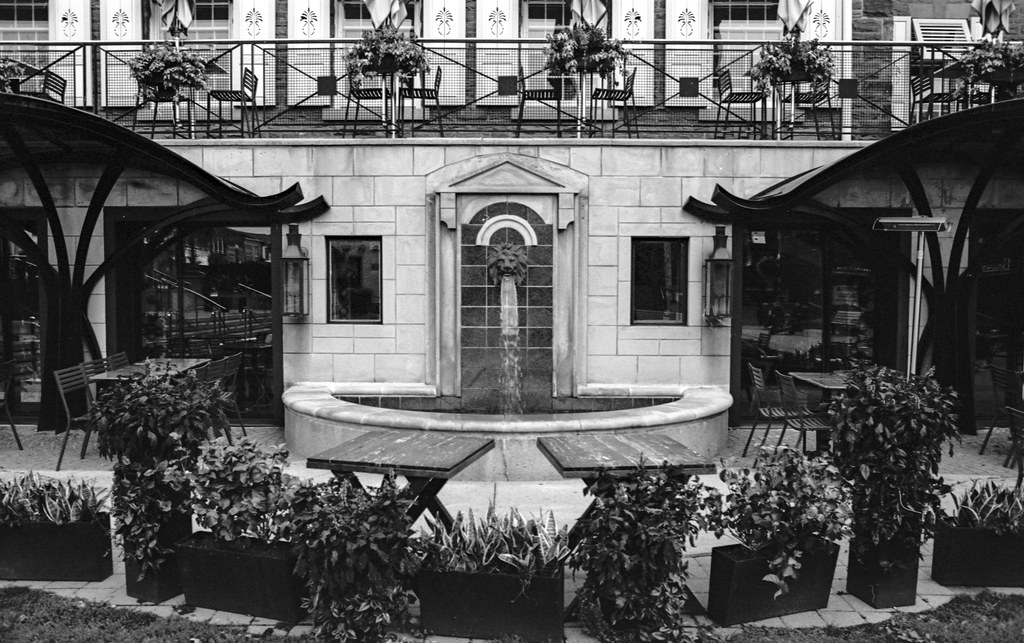
ORWO UN54
ORWO became one of the biggest film producers in East Germany following the end of World War Two. Built out of one of the original Agfa plants, UN54 became the German Plus-X and a well-known cine-film in the area. Fine-grain, excellent sharpness and tonality. This film was originally only available in large bulk roll, but quickly became popular among still photographers. While you can still find 100′ rolls, if you aren’t a fan of bulk loading you can always order it through Lomography at Potsdam in both 35mm and 120. It looks excellent in D-76, D-96, and Pyrocat-HD.
Type: Panchromatic B&W
Film Base: Acetate
Film Speed: ASA-100
Formats Available: 35mm, 120
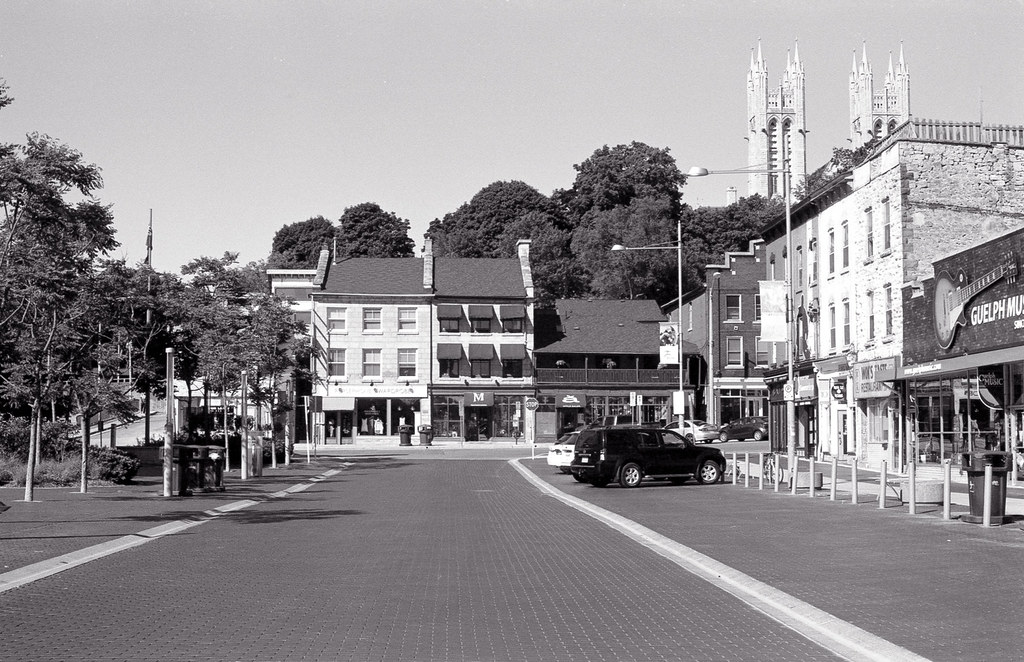
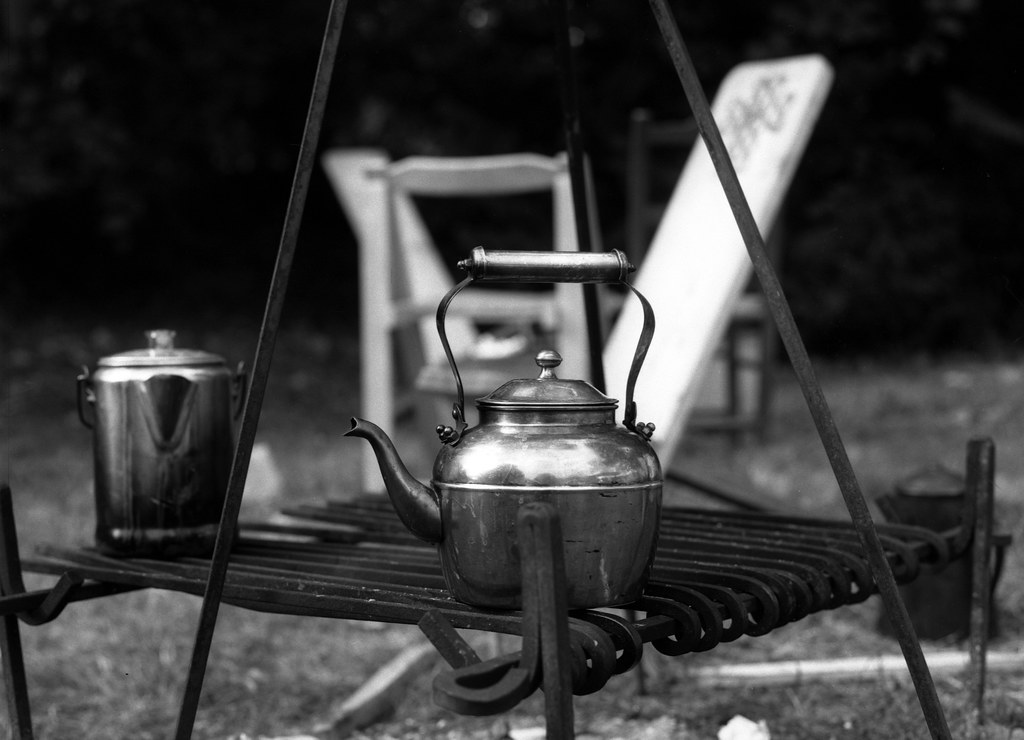

ORWO N74
The high-speed cousin of UN54, N74 is gritty, grainy and certainly not for the faint of heart. Designed for low-light work and produces similar results to old school Tri-X or APX 400. Perfect for gritty urban environments. Like UN54 originally only found in long rolls for cine use, it quickly became a popular stock for rebranding. Found as Bergger BRF400+ and one of the first EDU films from the FPP. Today you can pick up the stock pre-rolled as Lomography Berlin in both 35mm and 120. Works well in D-76, Xtol, Microphen, and D-96.
Type: Panchromatic B&W
Film Base: Acetate
Film Speed: ASA-400
Formats Available: 35mm, 120
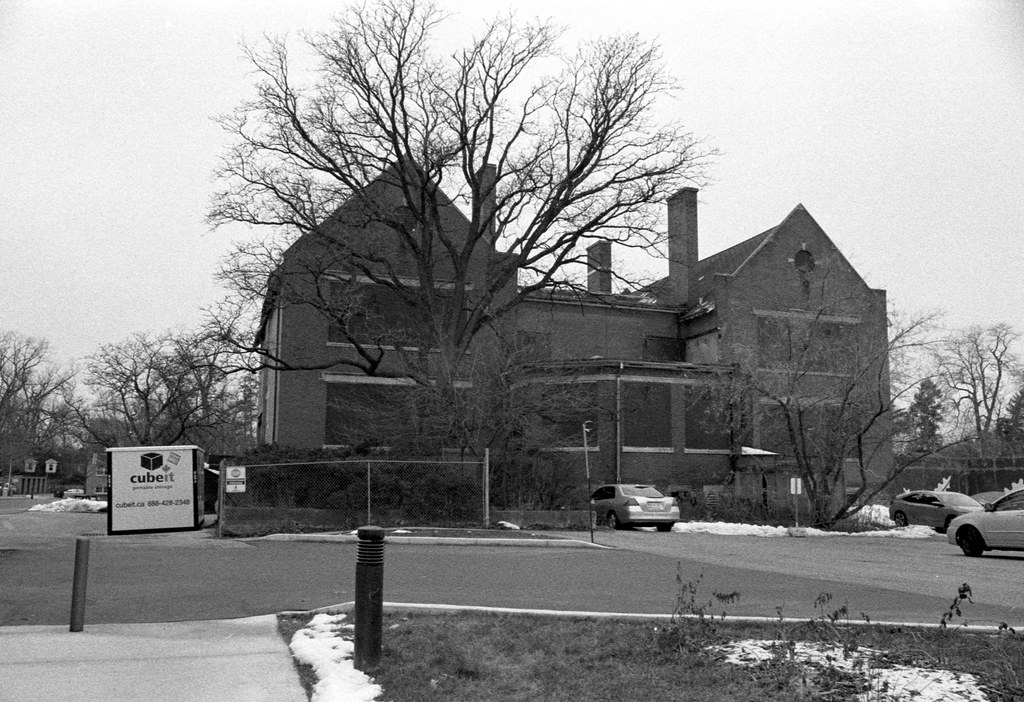
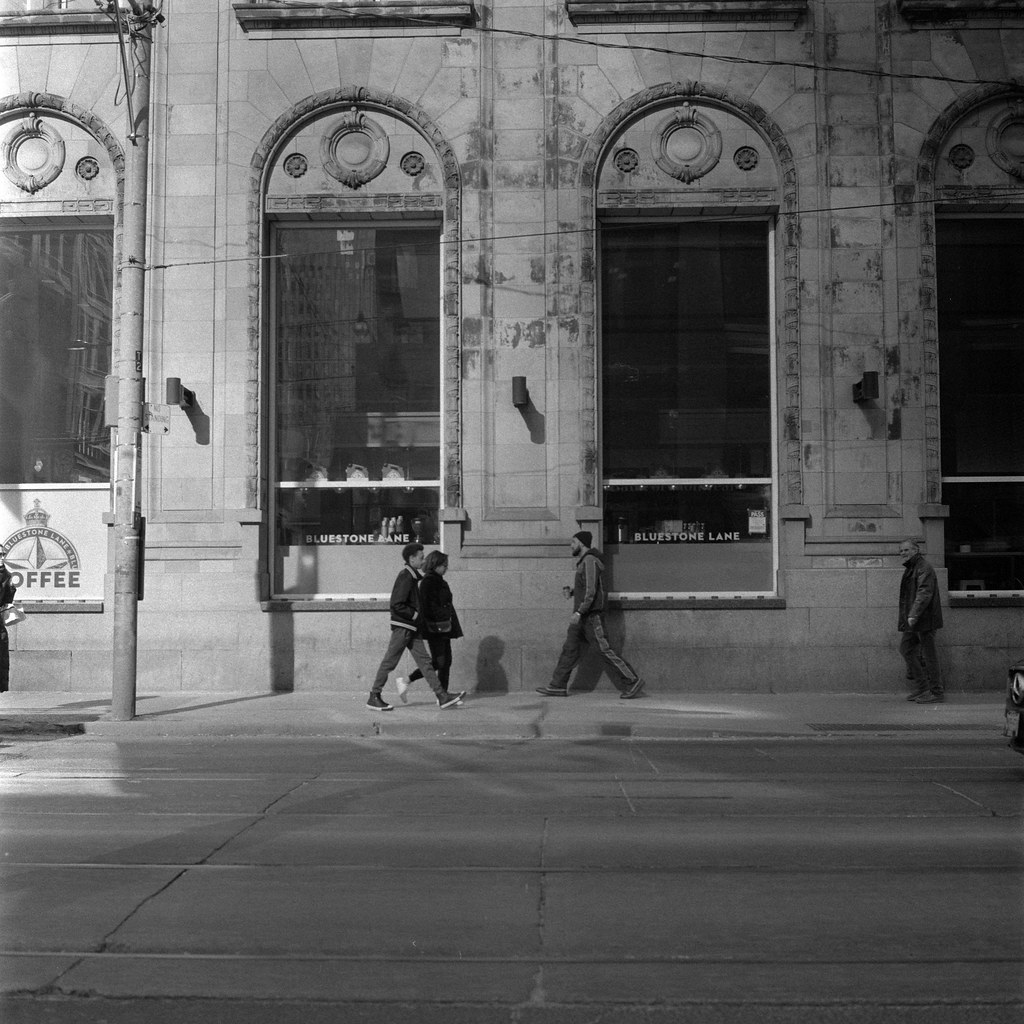
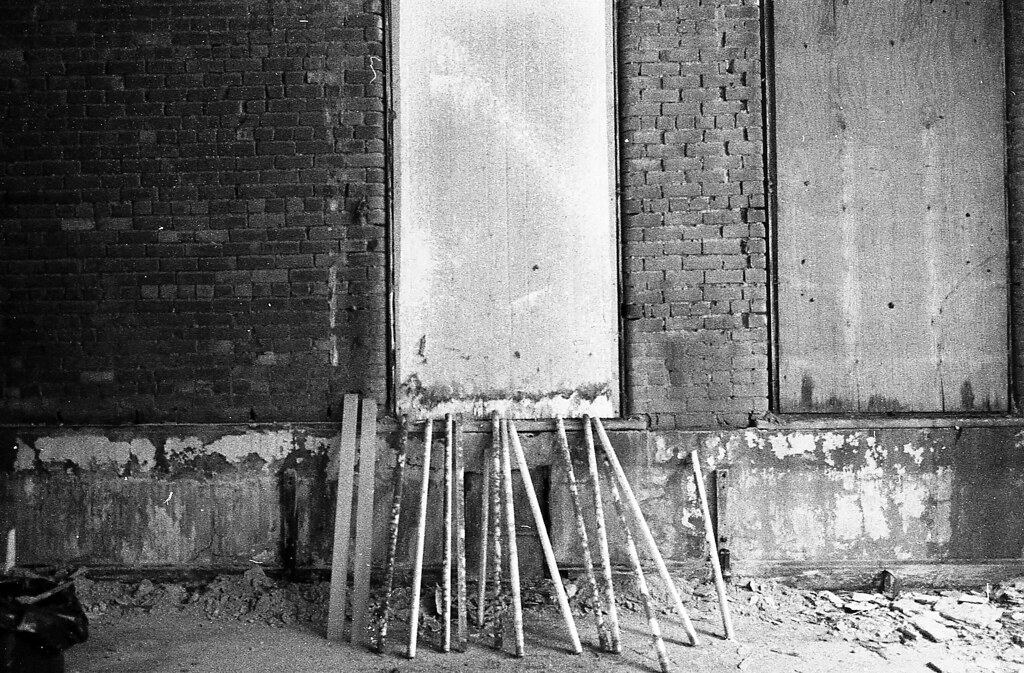
Eastman Double-X 5222
There’s a good chance that your first taste of shooting motion picture film in North America was Double-X. This mid-speed film remains popular among filmmakers today finding its way into the new Casino Royale film, and even some classics like Shinder’s List and Clerks. Works perfectly in both daylight and artificial light, you do want to make sure your exposure is correct. While there’s plenty of latitude for EI, there’s not much dynamic range, and a good yellow or red filter is a big help in cutting back those blues. Perfect in D-76, D-96 and Xtol. Today you can purchase it in 100′ bulk rolls, or through CineStill as BwXX in both 35mm and 120, plus various other companies.
Type: Panchromatic Black & White
Film Base: Polyester
Film Speed: ASA-250 (Daylight), ASA-200 (Tungsten) Latitude: 64-1600
Formats Available: 35mm, 120 (CineStill Only)
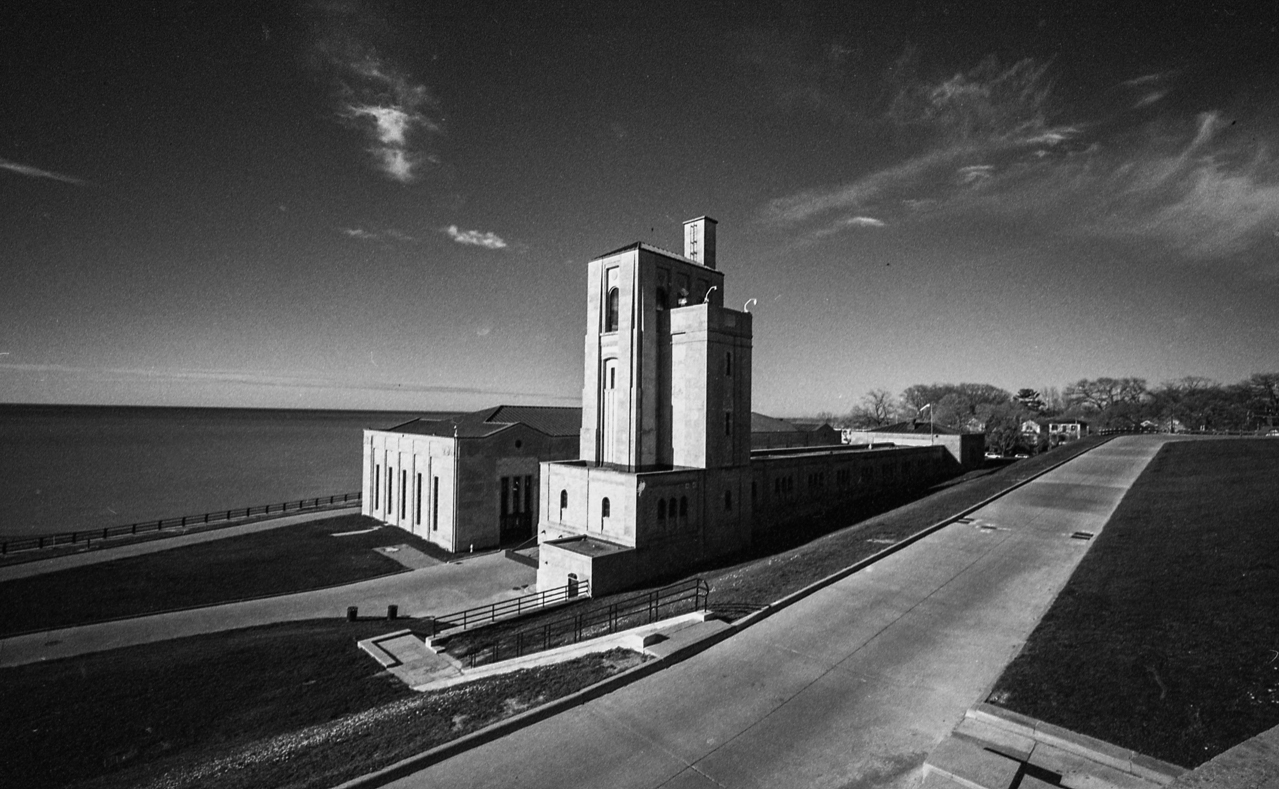
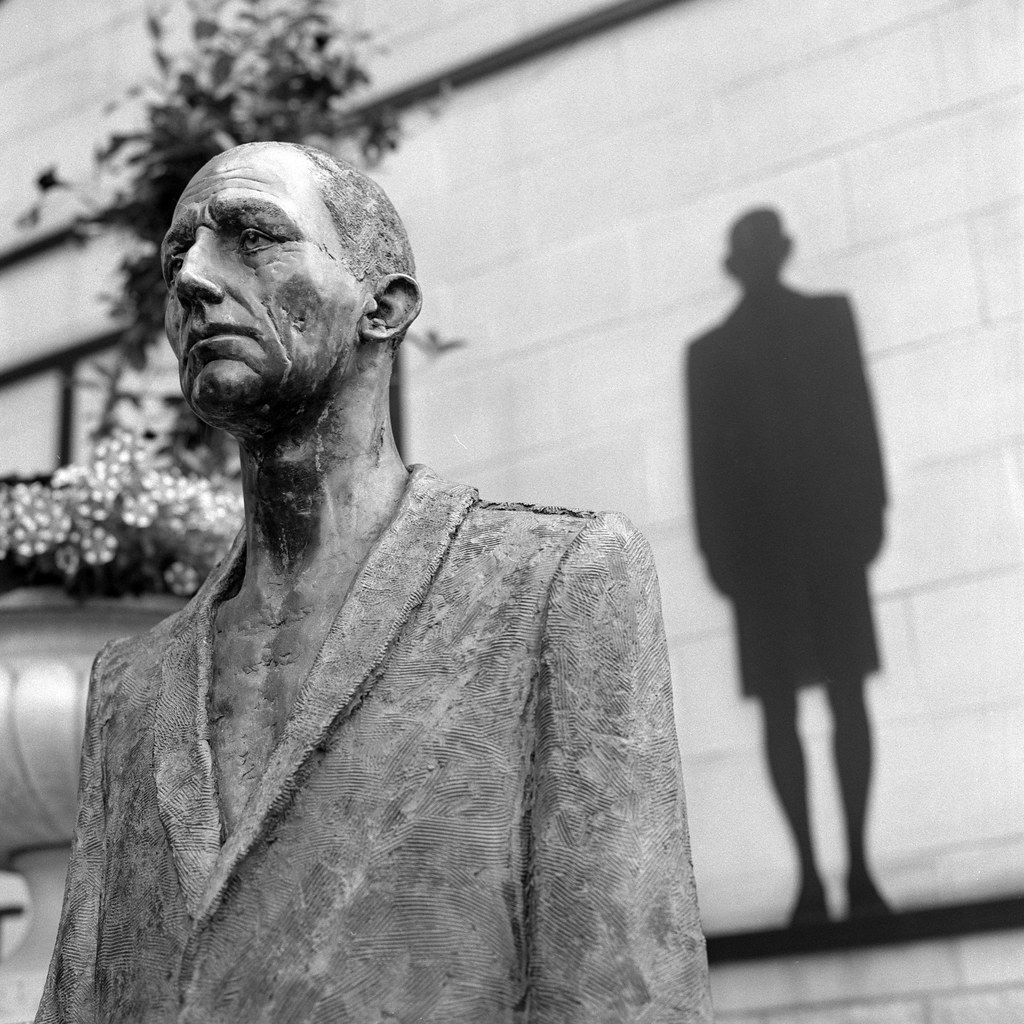

Eastman High Contrast Positive Film II 5363
A film with a bit of an identity crisis. Originally designed to produce titles in either a negative or positive format depending on your processing chemistry. 5363 is a tough nut to crack, while you can use it for pictorial use, don’t expect much in the way of mid-tones as the film does have orthochromatic tendencies. The best shot at an EI of ASA-25 and under even light, so bright overcast days. Works best in highly dilute developers like HC-110 Dilution G, but if you want to develop it as a positive go for Kodak D-97. While you might still be able to find it around, 5363 has been officially discontinued.
Type: B&W Orthochromatic
Film Base: Kodak ESTAR
Film Latitude: ASA-6 to ASA-25
Formats Available: 135 (35mm) (Discontinued)

Carl Zeiss Biogon 2,8/28 T* – Eastman 5363 @ ASA-25 – Kodak HC-110 Dil. G 22:00 @ 20C
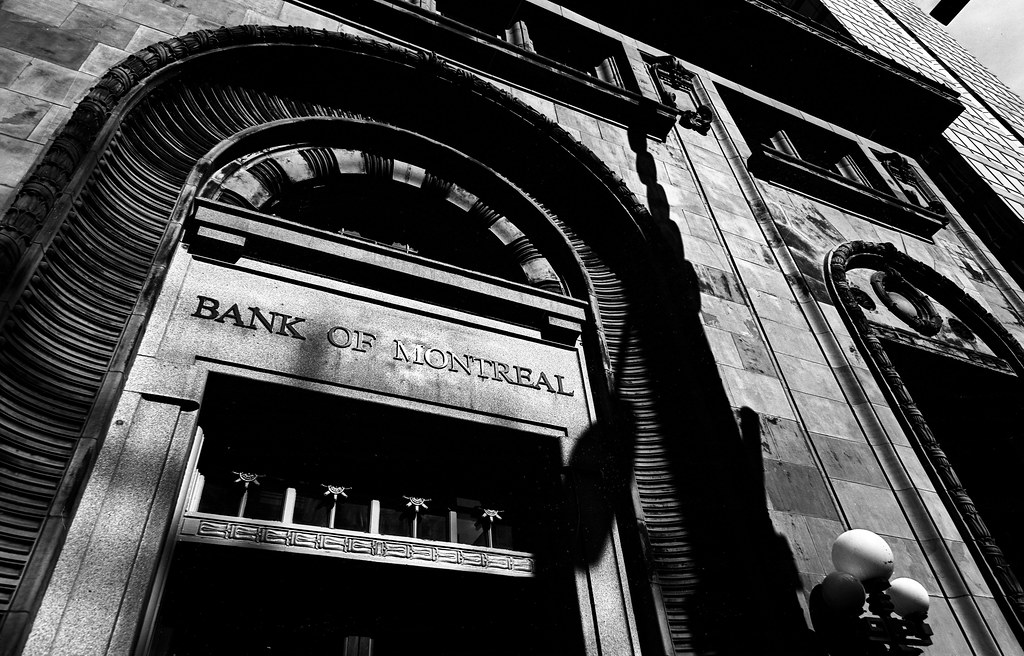
Eastman 2238 Panchromatic Separation Film
While not a slow film, 2238 might give a person pause if they see the ideal EI of ASA-12, but you can shoot the stock between ASA-50 and ASA-6, but ASA-12 is that happy medium. 2238 is part of the process of duplicating master rolls as an inter-negative film it is exposed from master positives and used to produce B&W archival rolls with a duplicating positive film. With panchromatic sensitivity, 2238 is excellent for pictorial use with fine grain, sharpness, and excellent tonality. Produces wonderful results with D-96, HC-110 (Dil. E) and Adox Silvermax developer. Plus you can easily purchase pre-rolled canisters from the Film Photography Project.
Type: Panchromatic B&W Film
Film Base: ESTAR
Film Speed: ASA-12, Latitude: ASA-6 to ASA-50
Formats Available: 135 (35mm)

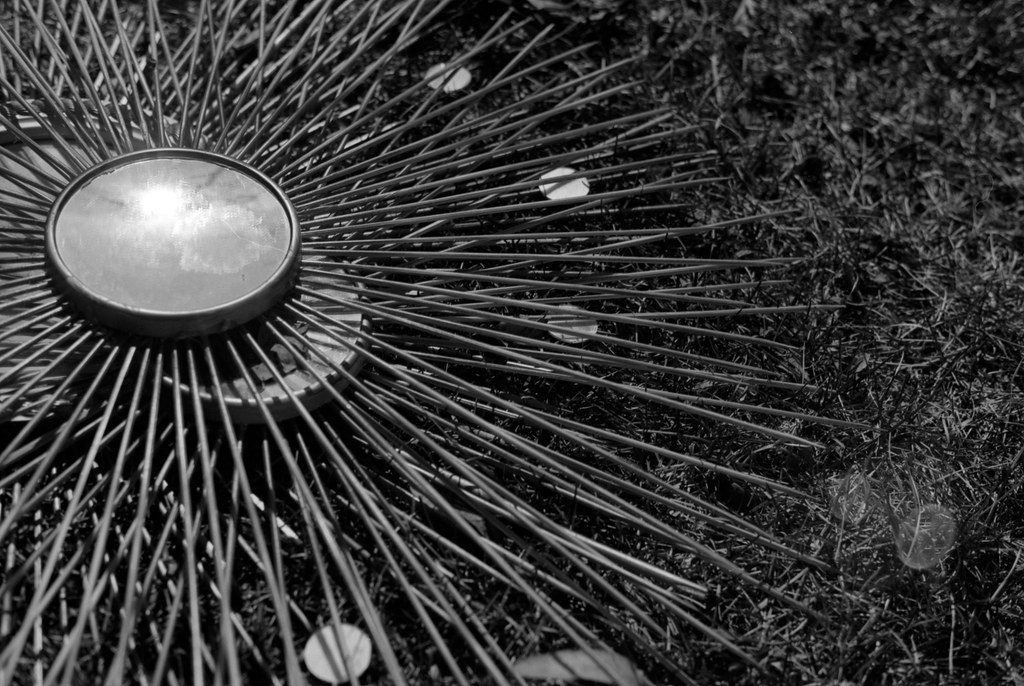

ORWO DN21
Like 2238, DN21 is the ORWO version of an internegative film. Although it behaves far different from its Eastman Cousin. While not readily available, Lomography released this film under the name Babylon 13. The film is the best shot at ASA-12 although the official box speed is ASA-16, so you’re over-exposing the film slightly. and produces wonderful panchromatic images with excellent sharpness, tonal separation and fine grain. Surprisingly this film responds the best when souped in HC-110 dilution H.
Type: Panchromatic B&W
Film Base: Polyester
Film Speed: ASA-16, Latitude: +/- 2-Stops
Formats Available: 135 (35mm)



Eastman Fine Grain Duplicating Positive Film 2366
The second step in the duplicating process, Eastman 2366, the one with the yellow backing is the positive side of things. But for a positive film, it works well when developed as a negative. While you can shoot the stock anywhere between ASA-1.5 and ASA-12, it works best when shot at ASA-6. While not the best for handheld, it can work with either a fast lens or a wide-angle lens or both and shot on bright sunny days. High-Contrast, but in a rich chrome feel. Works well in D-76 and Xtol for negative work, for positive you’ll need to go with Kodak D-97.
Type: Blue-Sensitive Duplicating Film (Orthochromatic)
Film Base: ESTAR (Polyester)
Film Speed: ASA-1.5 to ASA-12
Formats Available: 135

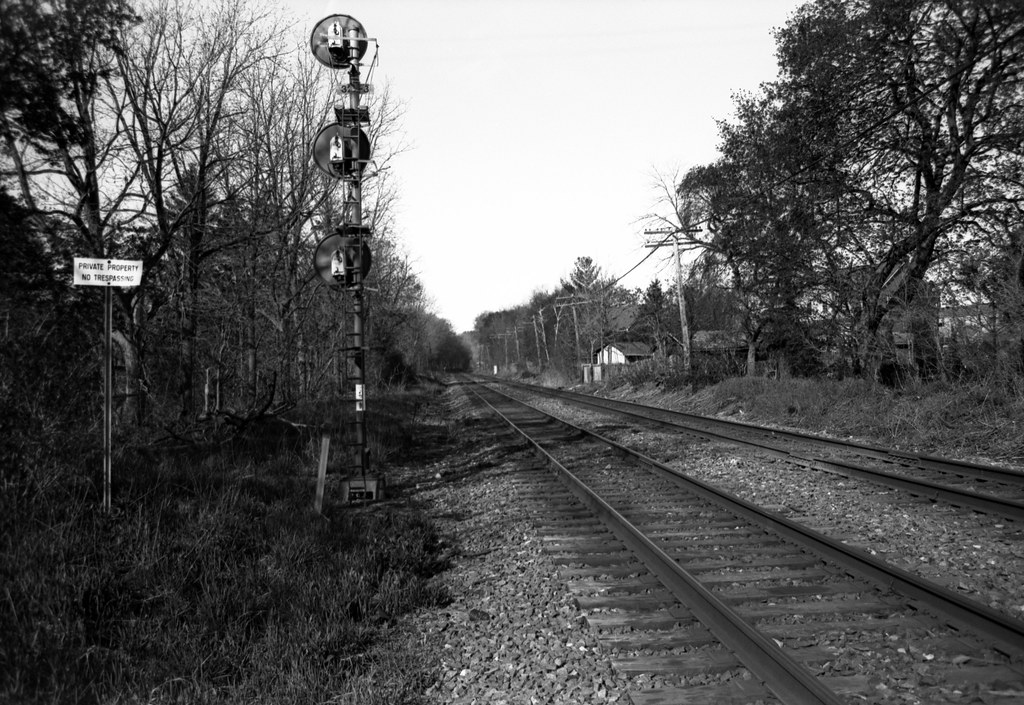
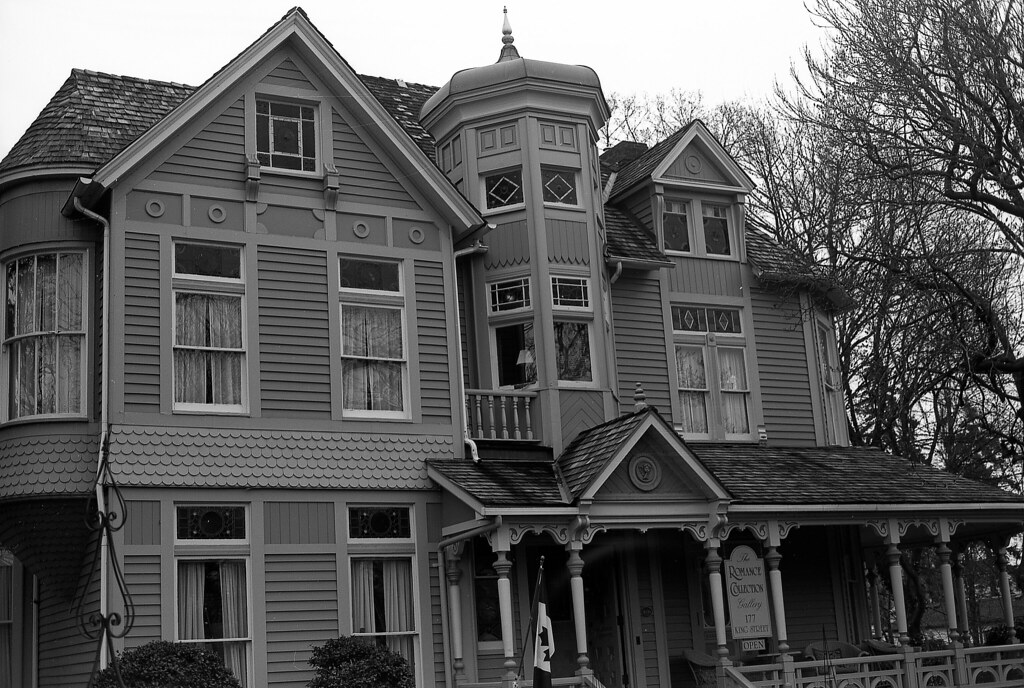
ORWO DP31
Like 2238, DP31 is the positive side of the duplication process. While there’s no official box speed listed for DP31, Lomography which sells the stock under the branding Fantôme 8, recommends ASA-8. Being a positive film by nature, you’re going to get high-contrast images as a result when developing as a negative film. This does make DP31 a tough film to crack, more so than 2366. But if you shoot it on a bright but even light day you’re going to get good results. Best developed in D-96 or HC-110 dilution H.
Type: Panchromatic B&W Positive
Film Base: Polyester
Film Speed: ASA-8 (+/- one-stop latitude)
Formats Available: 135 (35mm)


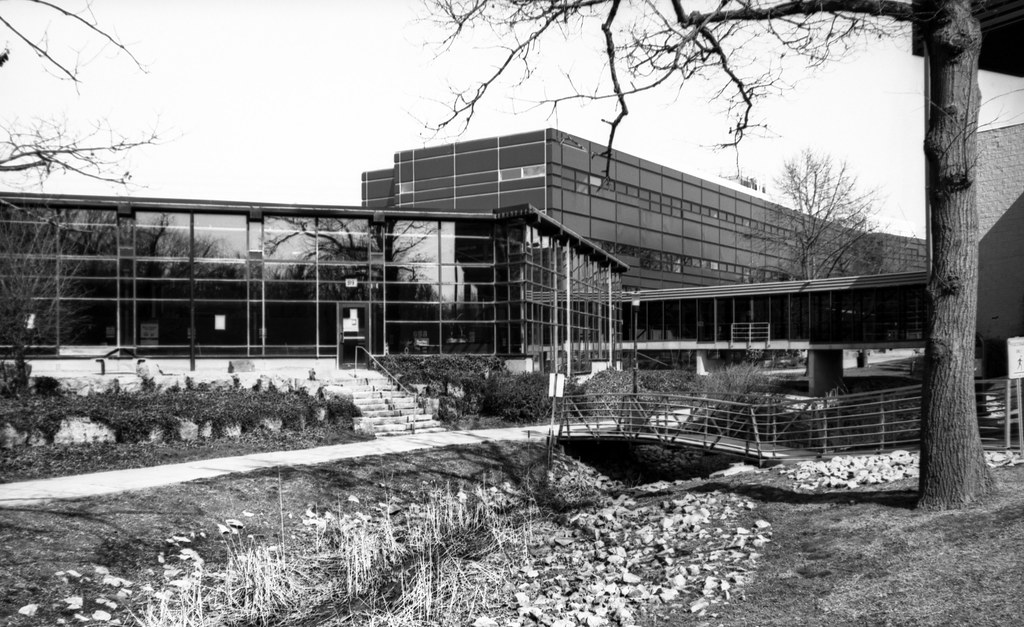
Want a subscription to SilverGrain Classics and are a fan of Classic Camera Revival? Visit their shop online and buy a magazine or a subscription? Looking for a good spot to get your gear and material fix check out Burlington Camera (Burlington, ON), Downtown Camera (Toronto, ON), Film Plus (Toronto, ON), Belle Arte Camera (Hamilton, ON), Pond’s FotoSource (Guleph, ON), Foto Art Camera (Owen Sound, ON). In Quebec, Photo Service (Montreal, QC) and Studio Argentique (Montreal, QC), Out West there’s Kerrisdale Cameras (BC), The Camera Store (Calgary, AB) and Beau Photo Supply (Vancouver, BC). Additionally you can order online at Argentix (Quebec), buyfilm.ca (Ontario), the Film Photography Project or Freestyle Photographic. Looking for development options, check out these labs that have our support, Boréalis Photo Lab, Old School Photo Lab, The Darkroom, and Film Rescue International.
Also you can connect with us through email: classiccamerarevivial[at]gmail[dot]com or by Facebook, we’re at Classic Camera Revival, Twitter @ccamerarevival, and Instagram (@classiccamerarevival)!
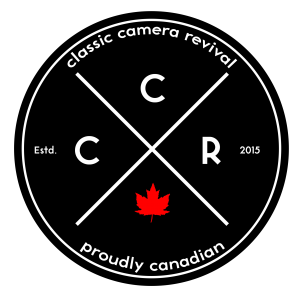
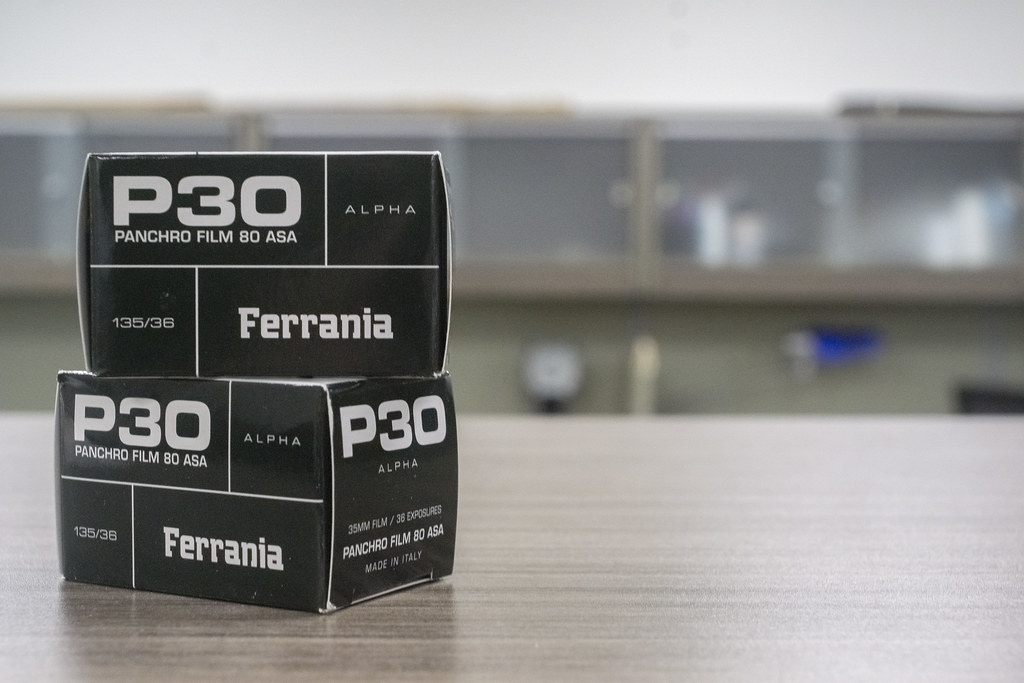

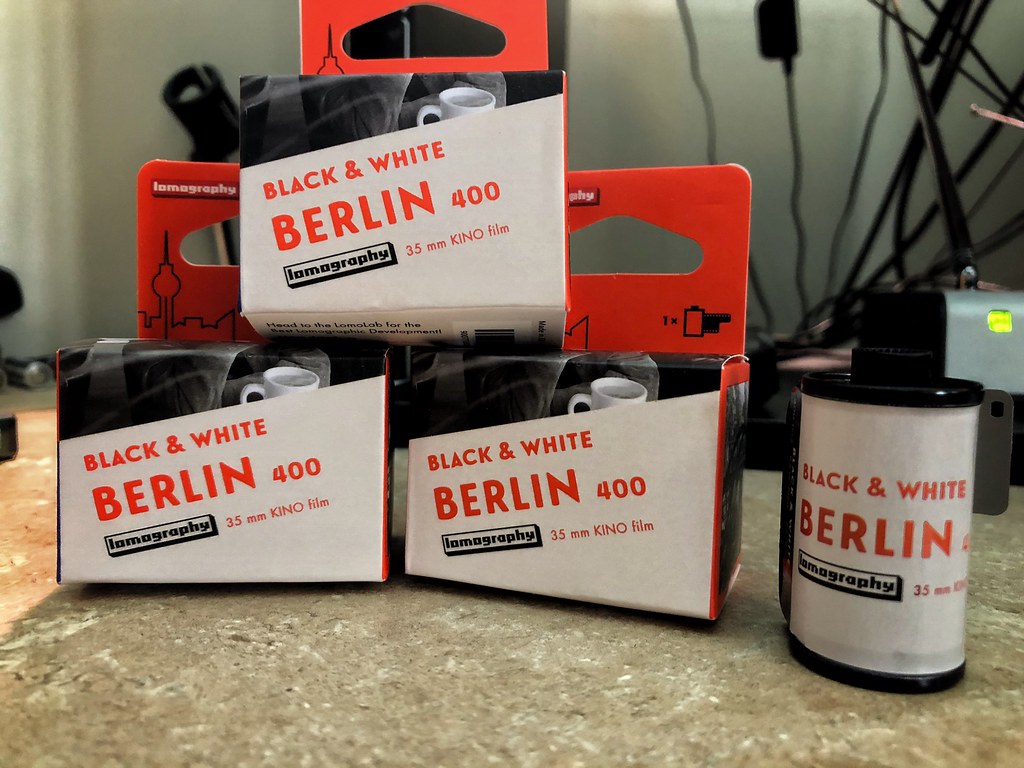


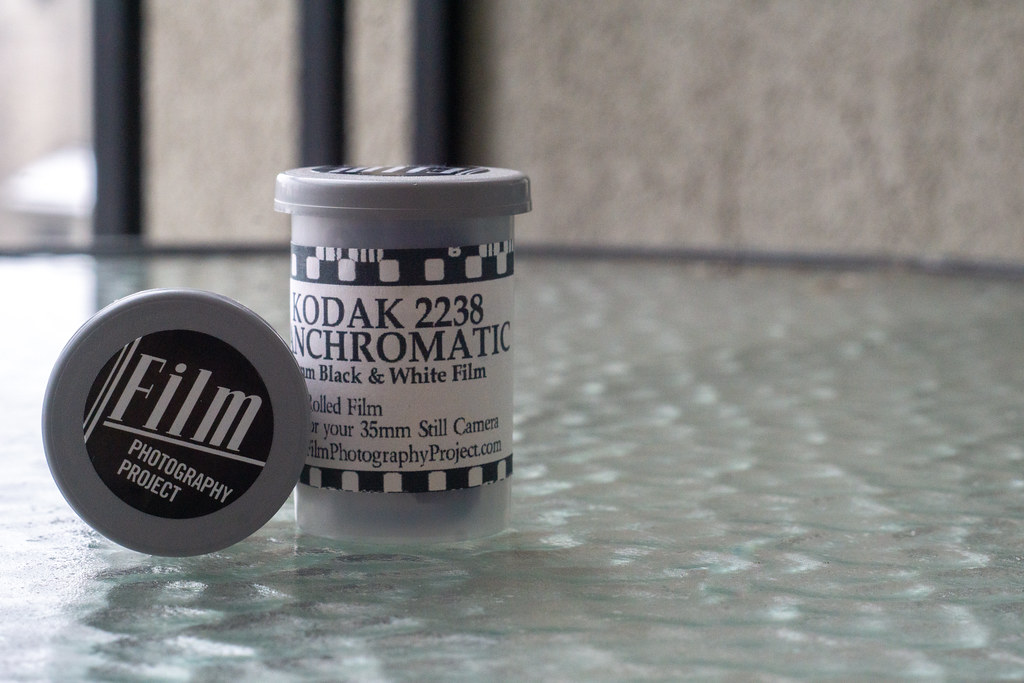
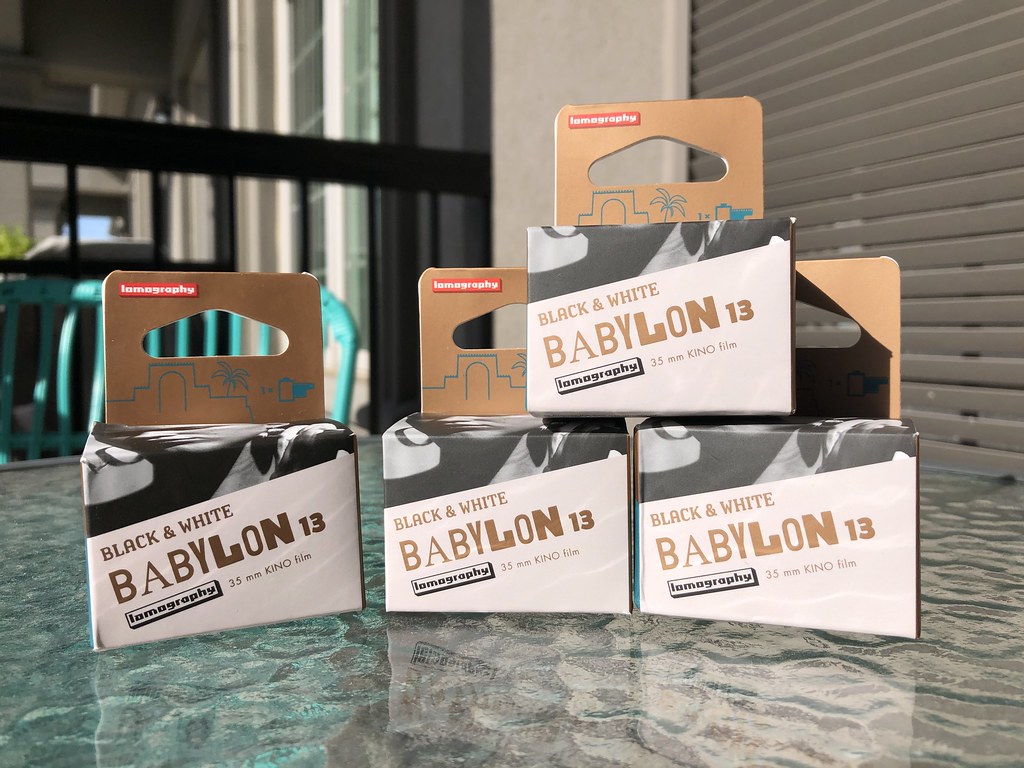

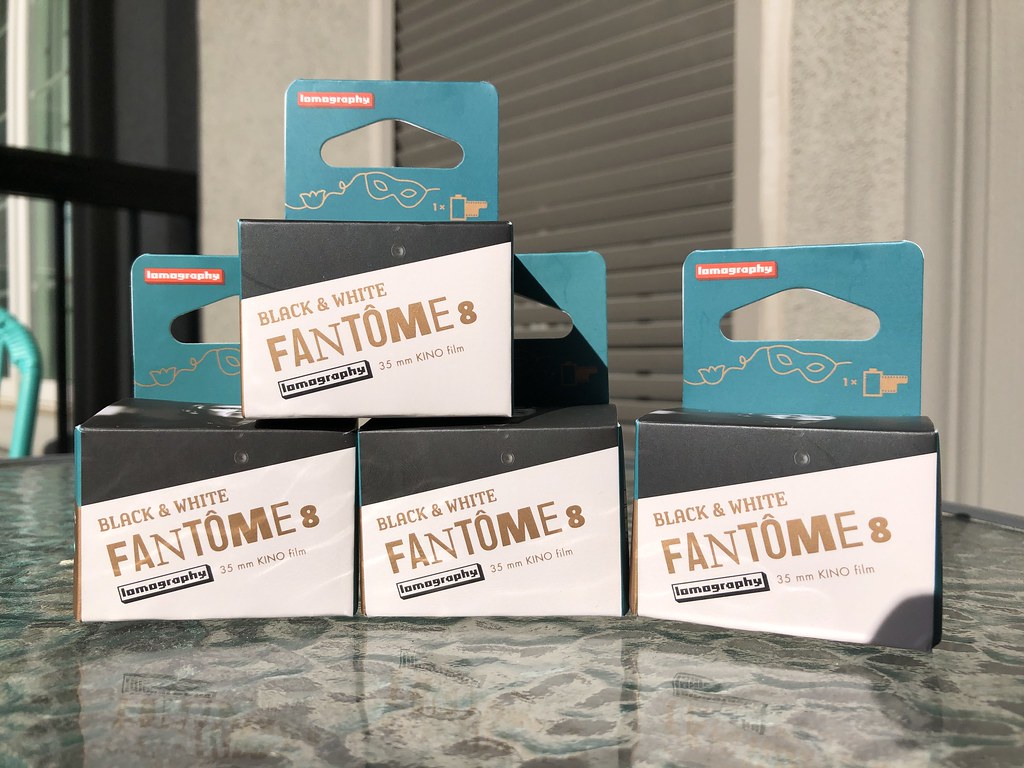

1 Comment